Liquid mirror telescope sees first light in India
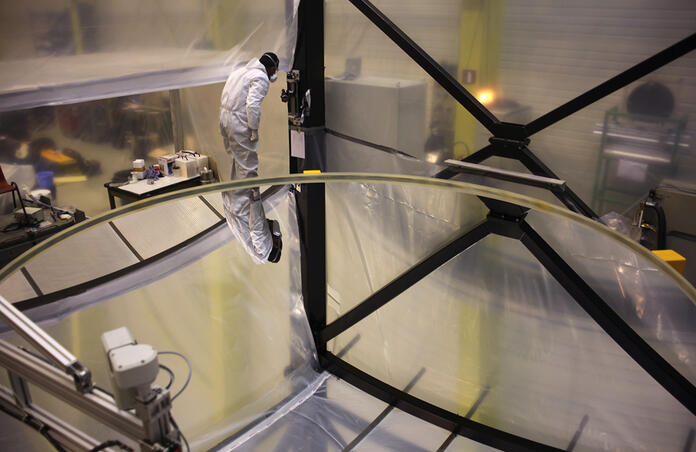
Yes, liquid mirror telescopes are a thing !
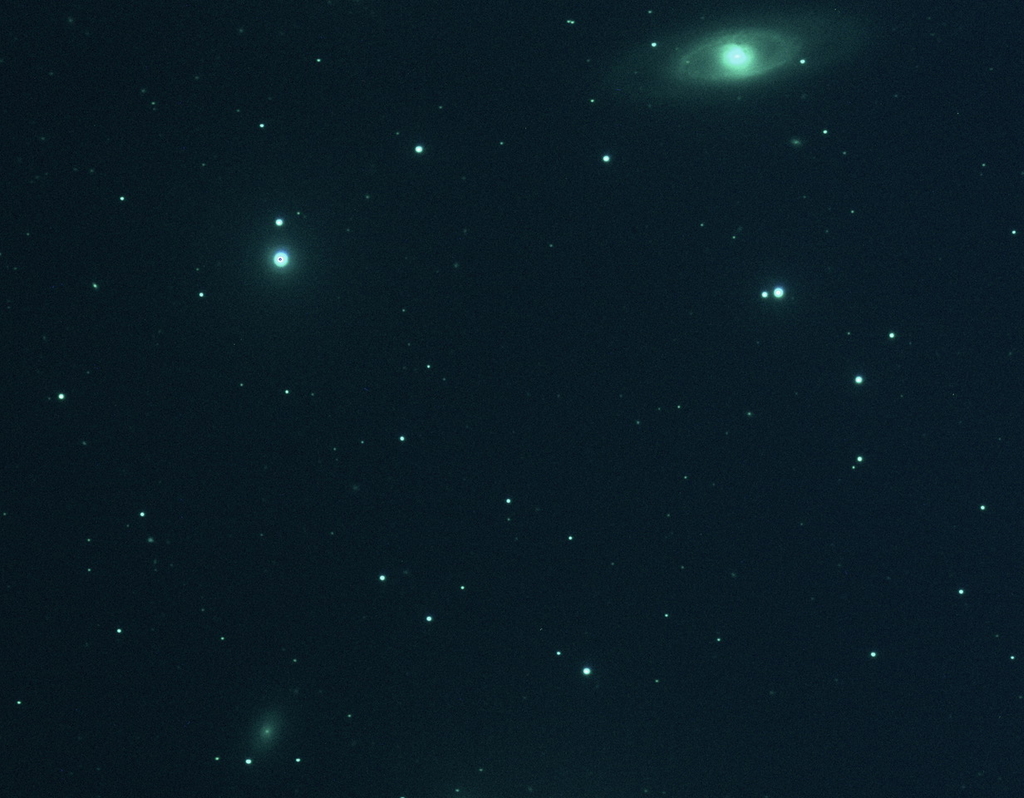
The idea of a telescope using a liquid as a mirror is not new – the concept was already proposed by Sir Isaac Newton, who mathematically demonstrated that since the surface of a liquid rotating at a constant speed naturally takes on a nearly perfectly smooth parabolic shape, it could be used to reflect light just like a mirror. The vision has now come true with the International Liquid Mirror Telescope (ILMT), a 2 million dollar, 4 metre spinning “bowl” of 50 litres of liquid mercury. It is found at the Devasthal Observatory in the Indian Himalayas, for which the same Belgian company that built the ILMT assembled the Devasthal Optical Telescope (DOT), which has the same mirror size but cost 18 million USD. The amount is drastically reduced for the ILMT since there is no need to cast, polish and coat a mirror.
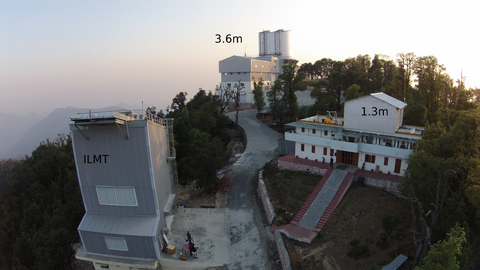
The Devasthal Observatory, with the ILMT, DOT and a smaller 1.3m scope 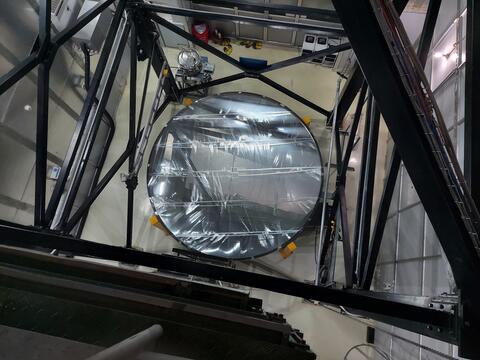
ILMT, view from above. A thin mylar film protects the mercury from wind and impurities
The drawback is that the ILMT is a zenith telescope, i.e., it only ever points to the zenith and can't be inclined. However, this becomes particularly useful to conduct transient surveys, where night after night the telescope “checks” the same area of the sky in search of "something new" (a transient astronomical event). This will indeed be the goal of the ILMT, with its optical twin DOT being able to rapidly carry out follow-up observations. A real problem is the toxicity of mercury, a hazard which has to be dealt with since this element is the best compromise between cost and reflectivity. Another disadvantage is the Earth’s Coriolis effect: our planet’s rotation would affect the motion of the mercury in “bowls” larger than about 8 metres.
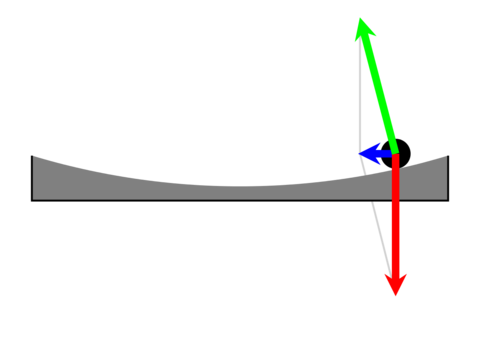
Historically, there have been some noteworthy attempts to create Liquid mirror telescopes for astronomy. Following a paper by Borra in 1982, the Universities of British Columbia (UBC) and Laval set out to build their 1.5m prototype quickly followed by a 3m one. The collaborators then moved on to build an operational one for the NASA Orbital Debris Observatory, where, as the name of the facility suggests, it was used to catalogue space debris, from 1994 to 2001. Parts of this telescope were then used to build the 6m Large Zenith Telescope (LZT), mostly used for supernova searches. The LZT was, until its decommissioning in 2016, the 3rd largest telescope in Northern America, and with a mirror that cost just 1% of traditional mirrors of that size. UBC has been heavily involved with the ILMT, and even thinks forward to an 8m liquid telescope, baptised the Advanced Liquid-Mirror Probe (ALPACA) as well as to the Large Aperture Mirror Array (LAMA) of 66 6-meter telescopes. This would give the LAMA network a total resolving power equivalent to that of a 70m telescope, almost twice the size of the Extremely Large Telescope still under construction !
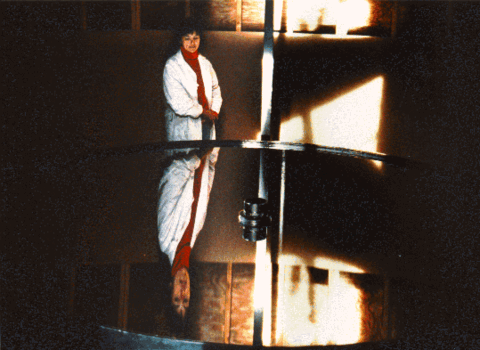
UBC/Laval LMT 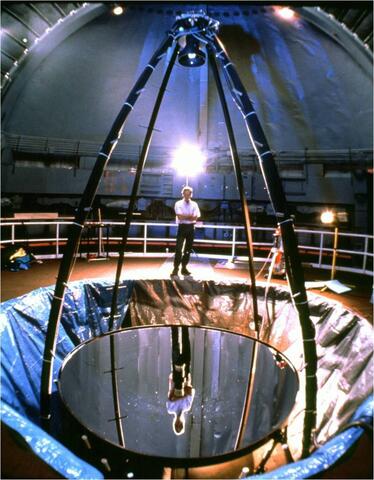
LMT at NODO 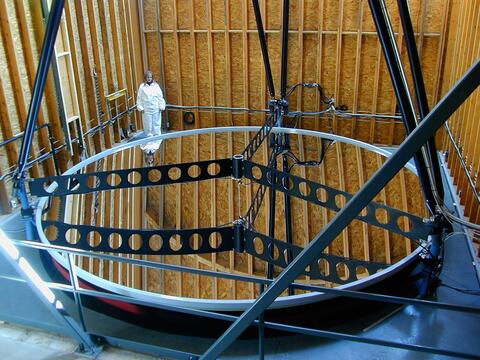
LZT
Thinking ever larger to improve resolution, in 2020, a team at the University of Texas at Austin proposed to build a 100-meter liquid telescope on the Moon, the Ultimately Large Telescope (ULT). On top of the fact that liquid is much easier to transport than a giant lens or mirror, the ULT would be situated at one of the poles of our natural satellite, so that it would be continually observing the same patch of sky. The main advantage, though, is that the ULT’s power would not be constrained by the presence of an atmosphere – the light from distant sources is redshifted, appearing at wavelengths blocked by Earth’s atmosphere. The UT-Austin team’s hope for such an instrument is to observe an even younger Universe compared to what the JWST will soon see; in fact, their calculations show it would be possible to observe Population III stars, the ones which are believed to have formed before the first galaxies, over 13 billion years ago. These stars are theorised to have been extremely large, and hence very short-lived, but would have played a key role in enriching the Universe in elements heavier than Helium.
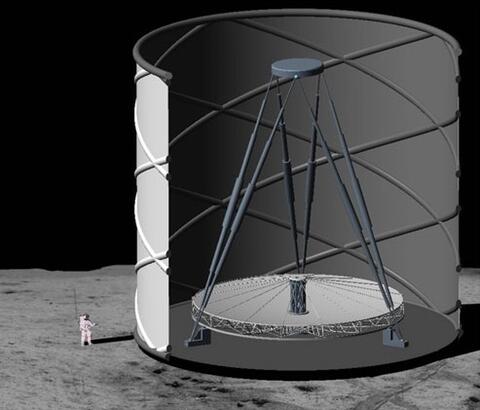
ULT 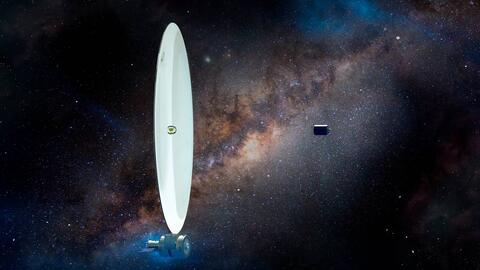
A space liquid mirror telescope
While establishing a program of “sustainable lunar exploration” is indeed part of NASA’s Artemis mission goals, the space agency’s efforts with regards to liquid telescopes are currently focused on the Fluidic Telescope Experiment (FLUTE) project. The principal investigator describes it simply as “in microgravity, liquids take on shapes that are useful for making lenses and mirrors”, which would enable telescopes even larger than the ULT to be built thanks to the properties of fluids – but this time, in the vacuum of space, without gravity. After successful ground tests, FLUTE moved on to experiments on board the International Space Station in April this year.
Space is the limit when it comes to building the best tools to observe our Universe !
Cover Image: ILMT, A. & J. Surdej
Image Credits:
1 - First light, ARIES
2 - Devasthal Observatory, ARIES
3 - ILMT, ARIES
4 - Force diagram, Cleonis for Wikimedia Commons
5 - UBC/Laval 2.7m LMT, UBC
6 - LMT at NODO, NASA
7 - LZT, NASA
8 - ULT, Steward Observatory/University of Arizona
9 - FLUTE could be used to build such a giant liquid telescope, Studio E. Maru
